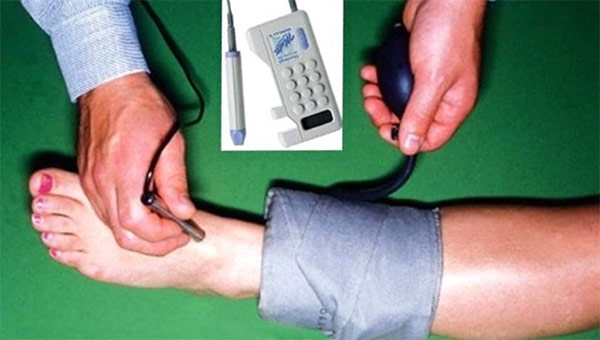Anti-Depressant Switch Strategies
Anti-Depressant Switch Strategies in Adults
Switching a patient from one anti-depressant medication to another is a clinical decision made when one or several of the following occur:
- Complete lack of response to one anti-depressant medication
- Increasing the dose is expected to cause intolerable side effects
- Patient preference
Direct switches (abruptly stopping the current agent and starting the new on the next day) may be considered when drugs have similar pharmacologic properties. In situations where discontinuation syndrome or symptom recurrence may be of concern, cross tapering (gradually decreasing one agent while simultaneously increasing the other) should be considered.
| Direct Switch | Cross Taper | |
|---|---|---|
| When to Consider | Agents in same drug class | Agents in a different drug class, high doses |
| Benefits | Simple for the patient | Minimizes discontinuation syndrome* and symptom relapse |
| Risks | Discontinuation syndrome*, drug interactions | Drug interactions, adverse effects |
| Notes |
|
Typically accomplished over 1-4 weeks. Longer durations may be warranted if doses are high, return of depressive symptoms, symptoms of withdrawal or side effects |
*Discontinuation syndrome is of more concern with paroxetine, duloxetine and venlafaxine. Other factors that increase risk: shorter drug elimination half-life (<24 hours), higher anti-depressant doses, prior history of discontinuation syndrome, etc.
Switching Scenarios:
- Between SSRIs (except fluoxetine): Direct switch at approximate equivalent dose (Table 1) (potential for discontinuation syndrome most likely with paroxetine)
- SSRI to SNRI (except fluoxetine): If coming from low dose SSRI, direct switch at approximate equivalent dose (Table 1) is generally appropriate. If high dose SSRI, cross taper
- SSRIs to other anti-depressant (except fluoxetine): Cross taper
- Between SNRIs: At low doses (<60 mg duloxetine or <150 mg venlafaxine), direct switches at approximate equivalent dose (Table 1) may be trialed, otherwise cross taper
- SNRIs to other anti-depressant: Cross taper
- Bupropion to other anti-depressant: Cross taper generally recommended (bupropion does not exhibit discontinuation syndrome because it is not strongly serotonergic, but cross-tapering reduces periods of therapeutic gaps)
- Mirtazapine to other anti-depressant: Cross taper
Anti-Depressant Switch Strategies in Children/Adolescents
Cross tapering (gradually decreasing one agent while simultaneously increasing the other) should be considered when switching between SSRIs in children/adolescents.
| Cross Taper | |
|---|---|
| Benefits | Minimizes discontinuation syndrome* and symptom relapse |
| Risks | Drug interactions, serotonin syndrome, adverse effects |
| Tapering/Starting Schedule | Typically accomplished over 1-4 weeks. Longer durations may be warranted if doses are high, return of depressive symptoms, symptoms of withdrawal or side effects Consult BHI team or refer to GLAD-PC toolkit for suggested up and down taper schedules. |
| Exceptions | Fluoxetine, due to its long half-life, stop fluoxetine and start the new SSRI 4-7 days after the last dose |
*Discontinuation syndrome (occurs with prolonged use of >1 month after abrupt cessation, 1-7 days after stopping; presents as dizziness insomnia, nightmares, flu-like symptoms) is of more concern with paroxetine, which is not typically used in adolescents. Other factors that increase risk: shorter drug elimination half-life (<24 hours), higher anti-depressant doses, prior history of discontinuation syndrome, etc.
Use of other agents
If a child/adolescent fails 2 SSRI trials at maximum tolerated doses, consult BHI team for additional management strategies.















